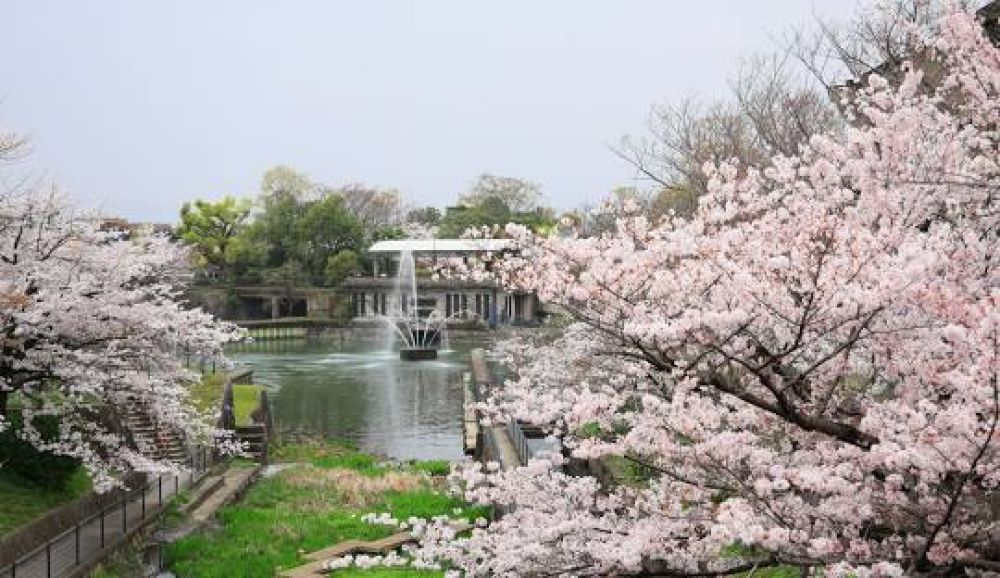

The Nanzenji Temple, located at the base of Kyoto's Higashiyama mountains, is an important cultural and religious destination with a storied history that has significantly contributed to the development and flourish of tourism in Kyoto. Established in the mid-13th century during the Kamakura period, it began as a retirement villa for Emperor Kameyama before transforming into a Zen Buddhist temple, a story which attracts both history buffs and spiritual seekers to this day.
Tourism at Nanzenji Temple can be traced back to the Edo period when travel for leisure and religious purposes started to become more common among the Japanese populace. With the rise of the Tokaido road, Kyoto became an accessible destination for travelers from Tokyo (then Edo) and other parts of Japan, helping to increase the number of visitors to the city's temples, including Nanzenji.
In the late 19th and early 20th centuries, as Japan opened to the West and embraced modernization, Kyoto, with its abundance of historic sites and cultural legacy, attracted international visitors. Nanzenji Temple stood out as a place of Zen serenity and traditional beauty, drawing in tourists who sought to experience the authenticity of Japanese culture. The temple grounds, Zen gardens, and surrounding foliage offer a perfect blend of natural beauty and architectural elegance, greatly enhancing its appeal to foreign and domestic tourists alike.
Recent tourism trends at Nanzenji Temple reflect the global desire for more immersive and meaningful travel experiences. Visitors are attracted to its peaceful atmosphere, the opportunity for Zen meditation sessions, and traditional tea ceremonies, which provide a hands-on feel for Japanese customs and spirituality.
The temple's famous aqueduct, part of the Lake Biwa Canal system, is not only a feat of Meiji era engineering but also creates a picturesque backdrop for photography, appealing to the digital age of social media-savvy travelers. Furthermore, the harmonious mix of nature, such as the stunning autumn colors and cherry blossoms in spring, with historical architecture, plays a significant role in its popularity.
An emphasis on preservation and respect for cultural heritage has also become an important aspect of tourism at Nanzenji, reflecting broader trends in sustainable and responsible travel. Efforts made to maintain the beauty and integrity of the temple complex ensure that visitors can enjoy the site while helping to conserve it for future generations.
Nanzenji Temple remains a must-visit destination in Kyoto, welcoming travelers from around the world. Its doors are open to all, whether they are seeking spiritual enlightenment, a historical journey, or simply the tranquil experience of a traditional Japanese landscape garden. As always, visitors are encouraged to be mindful and respectful, embracing the quiet ambiance and the deep cultural significance that the temple offers.
In conclusion, the historical allure and the current appeal of Nanzenji Temple as a travel destination are a testament to its enduring legacy. It continues to be an integral part of Kyoto's tourism history, offering unique experiences that blend old with new, catering to a wide range of interests and contributing to the vibrant cultural mosaic that is Kyoto's tourism scene.